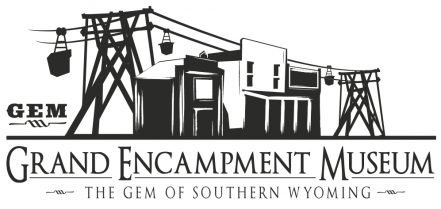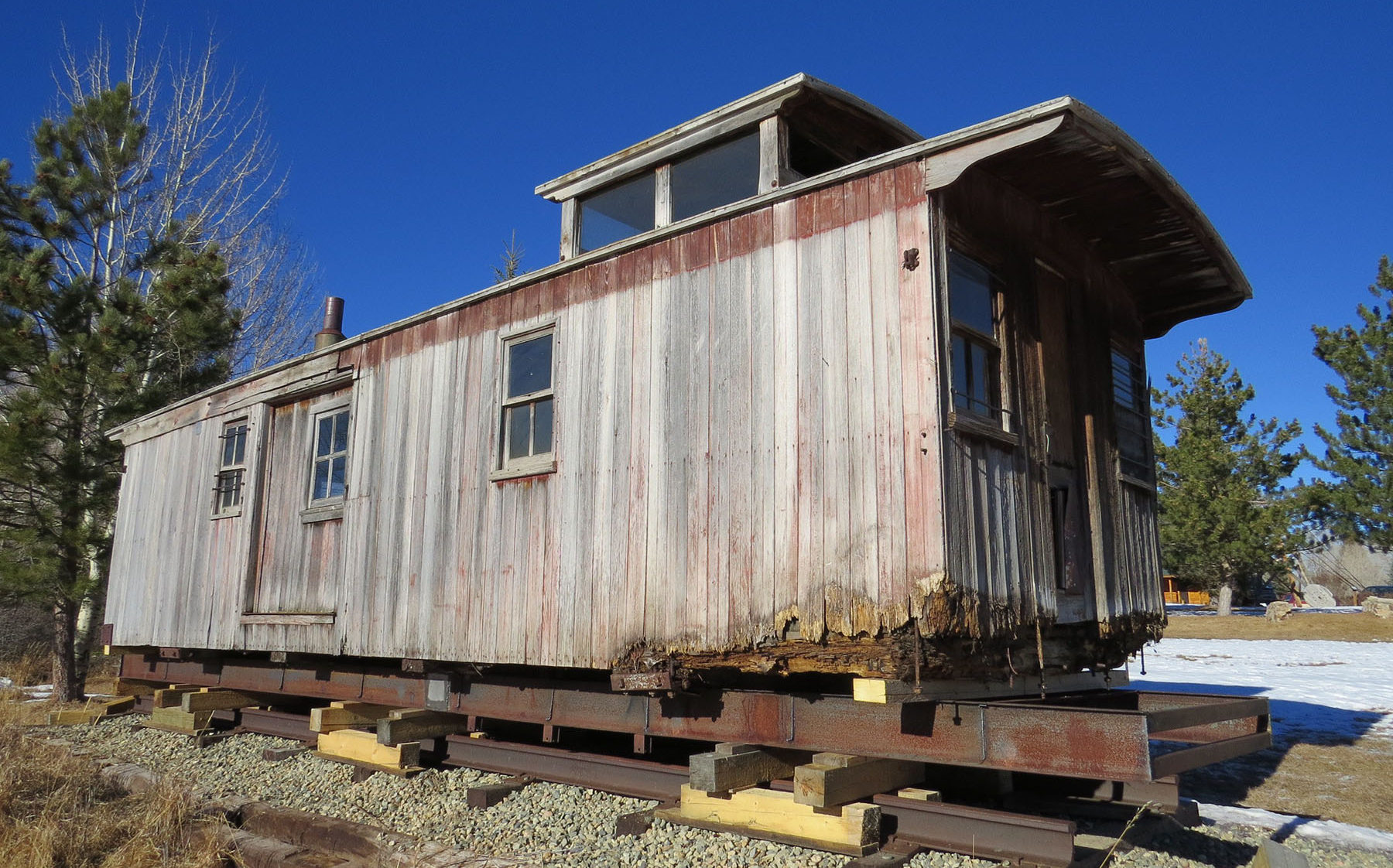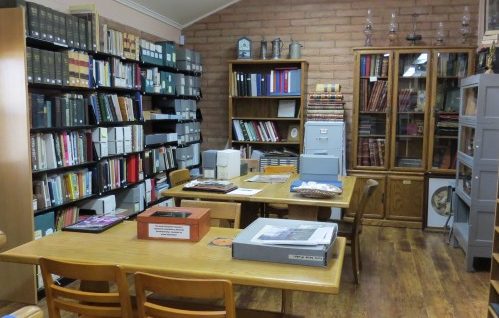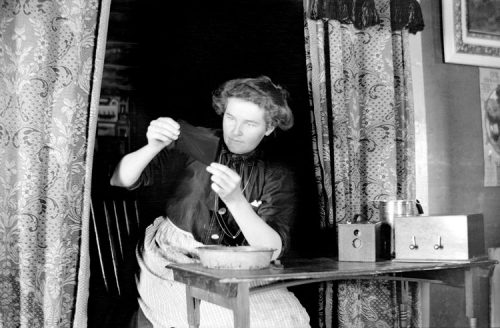Research
Historical Research at the Grand Encampment Museum
The Grand Encampment Museum’s historical research library features old newspapers, family papers, funeral records, maps, and many photographs.
The GEM houses unique collections that focus on women of the Mountain West. They include Lora Webb Nichols, Hettie Kyner, and many others. Everyone is welcome to visit the GEM’s research center. We encourage you to call and schedule a time to visit.
The Lora Webb Nichols collection is our most well-known and researched collections (1897-1962). It includes thousands of photos, diaries, letters, poems, scrapbooks. The GEM is constantly working with the collection to preserve and to promote it. The GEM was recently awarded a grant funded through the Wyoming SHRAB and the National Archives to digitize many of Lora’s transcribed diaries, scrapbooks and memoirs. There is much more work to do and funds are needed to continue with this important project.
Here is one of her many scrapbooks recently digitized: PHOTOGRAPHS_5
Like what you see? Call the GEM to discuss research interests, or to schedule a visit. We welcome all research pursuits!
Researchers like Nancy Anderson and Nichole Jean Hill have brought the Lora Webb Nichols collection to life. For more information about this collection, visit: Wyoming PBS story about Lora Nichols and http://lorawebbnichols.com/
The Grand Encampment Museum’s historical research library features old newspapers, family papers, funeral records, maps, and many photographs.
Many of our photos and archives are arranged in collections according to family names and industries (mining, ranching, and timber). We are in the process of cataloging archives and photos within museum grade software to aid in research.
We encourage visitors who want to conduct research in our library to contact the museum director to schedule a time. Research fees may apply depending on the research request in order to cover staff time and museum costs.
The Lora Webb Nichols collection includes photographs, diaries, and other items that date to the turn of the 20th century through 1950’s. Lora Webb Nichols (1883-1962) documented Encampment and her world through her diary and her photographs. For her sixteenth birthday, a beau gave her a camera, and at Christmas that year “Pop” presented her with a developing outfit. The Kodak became Lora’s instrument of liberation. It guaranteed her access to the claims and mines, the tram stations, smelter, tie camps and river drives. Her many portraits of women, children, and babies were joined by those of teamsters, miners, ranchers and homesteaders, valley pioneers and saloon keepers. Lora’s legacy began with her first incredible photograph of “Mama in the door,” continued through the accumulation of her years as a professional photographer and was increased by the work of others which she begged and borrowed.






